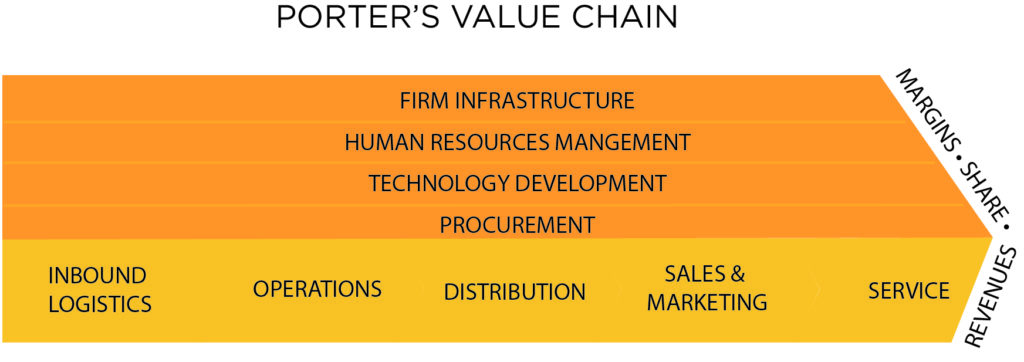EPISODE 1 OF 3:
—REDEFINING FIDUCIARY MARKETING IN THE NEW NORMAL—
Content marketing generates over three times as many leads as outbound marketing and costs 62% less. It rakes in conversion rates up to six times higher than other methods. [i]
Content in The Conflict-of-Interest Era
Since the 2017 rulings around fiduciary conflict of interest, financial advisers, insurance, and benefits providers have been increasingly limited in their content expression. Today, one of the few avenues left in “safe” content territory is education. Specifically sanctioned in the DOL ruling, educational content is by far one of the most viable marketing content strategies in the industry.
Only one problem. It’s boring. And a commodity. And not a likely contender for share of mind against Game of Thrones.
So where do you take this? How do you educate your customers without lulling them to sleep (if you can even get their attention in the first place)? And how do you get your employees, distributors, and other stakeholders on the same page, delivering information wrapped in your brand personality…servicing customers with the values your brand has so carefully ascribed?
To find the answer, let’s take a step back and break down a few assumptions.
Redefining Your Customer Perspective
It’s not just fashionable hyperbole. Your customers include more than just your end users. Customers are anyone who can add value to a brand by believing in its ability to improve the quality of life for its users. This includes all your stakeholders in the value chain. They include the brand’s employees, distributors, customers, and even the media. This new definition of customers expands the role of content marketing to new dimensions. It’s still about “the customer” but not only about end-user customers. This is an extremely important concept for delivering maximum value to end users.
What does this look like in your value chain? And how to you motivate each of these customer segments in their daily roles, while unifying them around the end-user experience?
It starts with Porter’s Value Chain model. Basically it’s the chain of events that takes raw inputs and adds value for end consumption. A carrier’s value chain involves all of its employees; from inbound logistics to manufacturing operations to distribution, sales, marketing, service, and support. Many of these folks are often insulated from the end-user by several layers of business and marketing structure (aka “silos”). They can be out of touch with the customer mind set and develop a myopic perspective, focused on their “job” instead of delivering customer-critical value in their role.

Then there are intermediaries (external distributors, or brokers). In order to align with the carrier brand’s positioning goals they need the same information in the same package as user-customers, with some B2B augmentation. Because they’re closer to the front lines than manufacturers, distributors (field sales) need to understand both upstream (carrier) and downstream (employer/end-user) relationships, situations, and solutions. In some scenarios, such as employee benefits, there’s an additional layer of employer-customers in the distribution channel.

Typical employer benefits marketing/distribution structure
And last, but certainly not least, are the users; the traditional “customers” (employees in the diagram at left). Their brand experience and satisfaction are essential to the overall health of your brand and product lines.
Aligning this complex ecosystem is enough to make even the best marketer reach for the ibuprophen. But take heart. Some insurance and benefits marketers have found a way to simplify and consolidate alignment, compliance, and marketing, into a manageable content strategy. The next two episodes present a simplified solution to aligning your value chain all the way through to your customers.
The Difference Between Marketing Content and Content Marketing
In today’s dizzying array of content options sometimes marketers blur distinctions between things like marketing content and content marketing. Some may use these terms interchangeably, but they’re distinctly different. The concept of marketing content is pretty simple. It consists of words, graphics, audio, video or interactive digital experiences produced for marketing distribution.
Content marketing, on the other hand, refers to pushing out content—that may not even be branded—to accomplish a non-transactional objective. For example, a focused content marketing objective may be to educate consumers how to apply a product category to a life event situation. Follow-up marketing content can then promote a specific brand within the category, its features, advantages, and benefits. Content marketing need not be completely brand-neutral, as long as the bulk of the content is about the customer and their situation, not the product.
Can you discern the content marketing in your marketing content program? Does each have a strategically defined role in your overall marketing strategy?
Discover how can marketing content can align all your “customers” at once in EPISODE 2.
[i] https://contentmarketinginstitute.com/2017/10/stats-invest-content-marketing/
Need help developing effective content from experts in your industry? Learn more.

Recent Comments